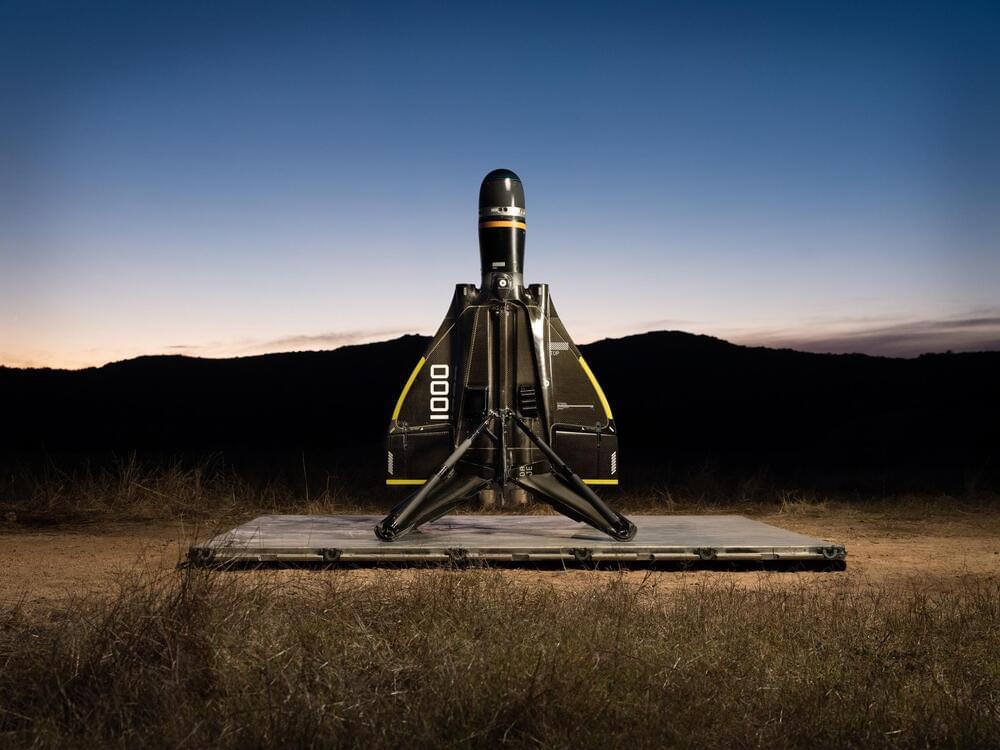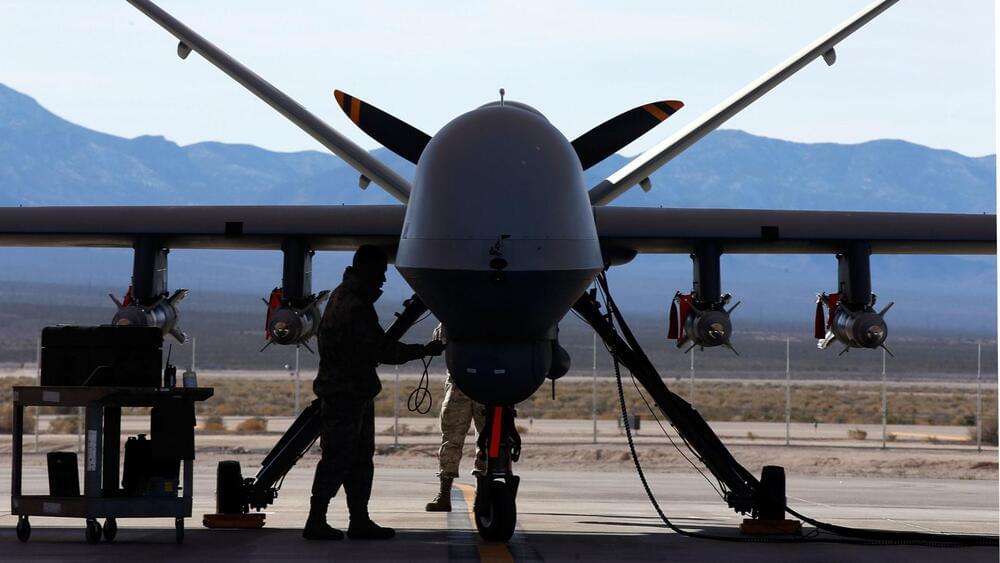Japanese researchers have created and open-sourced a flying firefighting hose that levitates and steers itself to fight fires using its own water pressure as a two-part propulsion system, spraying water down onto fires and keeping operators safe.
The “flying dragon” system has two four-nozzle propulsion units built in – one at the end of the hose, one maybe 3 m (10 ft) back. Each of these can be thought of as something like a watery quadcopter – valves and swivels on each nozzle control flow and direction of thrust, allowing it to rise, balance and steer itself in the air the way a regular drone might … Well, two drones really, connected with a heavy rope and dragging a heavy tail.
A maximum flow rate of 6.6 liters (1.5 gal) per second gives pressure ratings up to 1 megapascal (145 psi). That’s enough to lift the hose some 2 m (6.6 ft) above the last thing it’s been draped on. The hose on the prototype at this point is just 4 m (13.2 ft) long, and runs back to a little control station trolley, where an operator stands and drives the thing.



